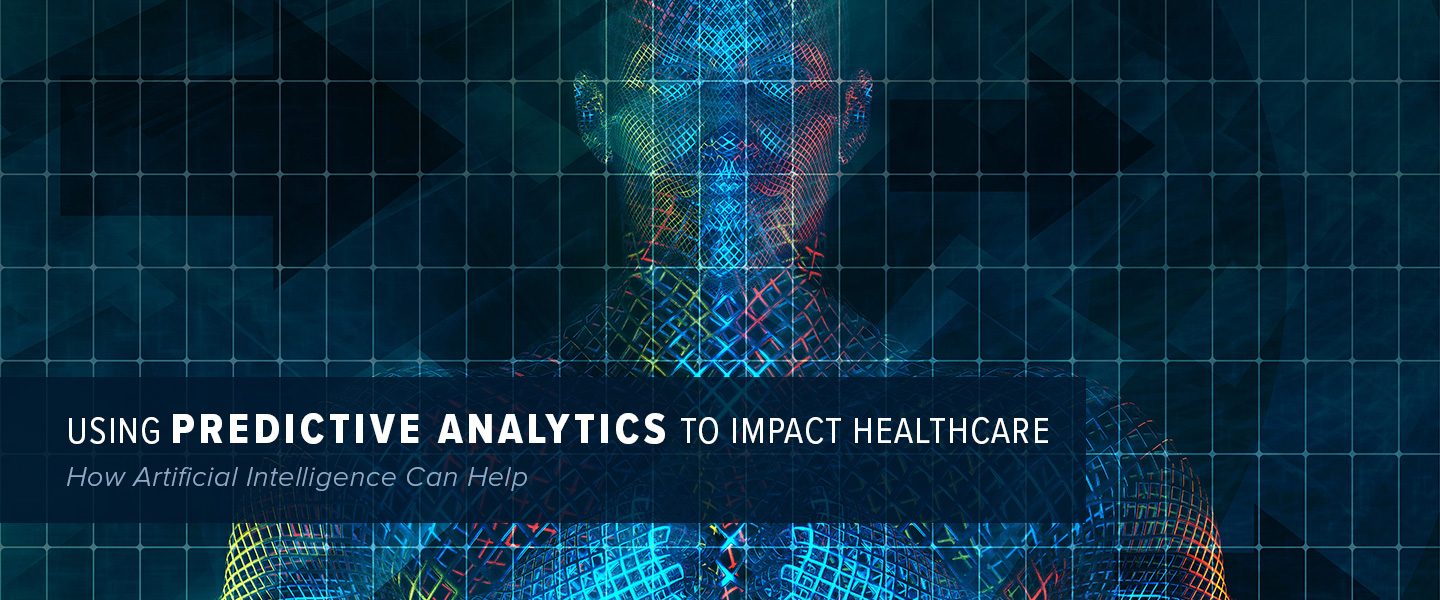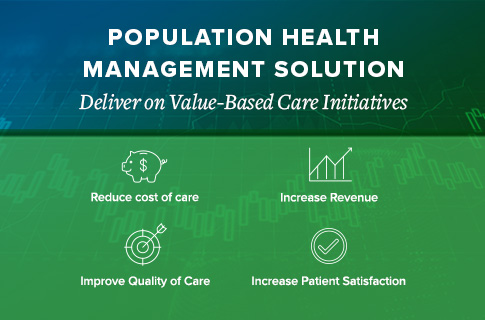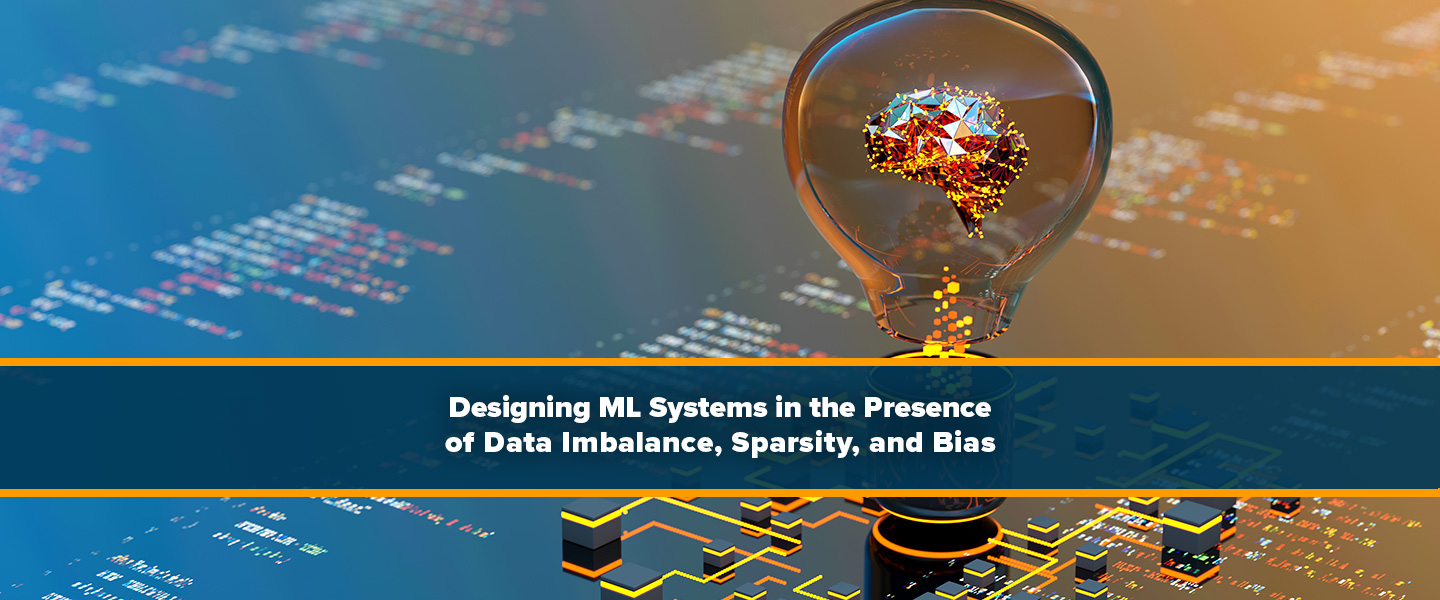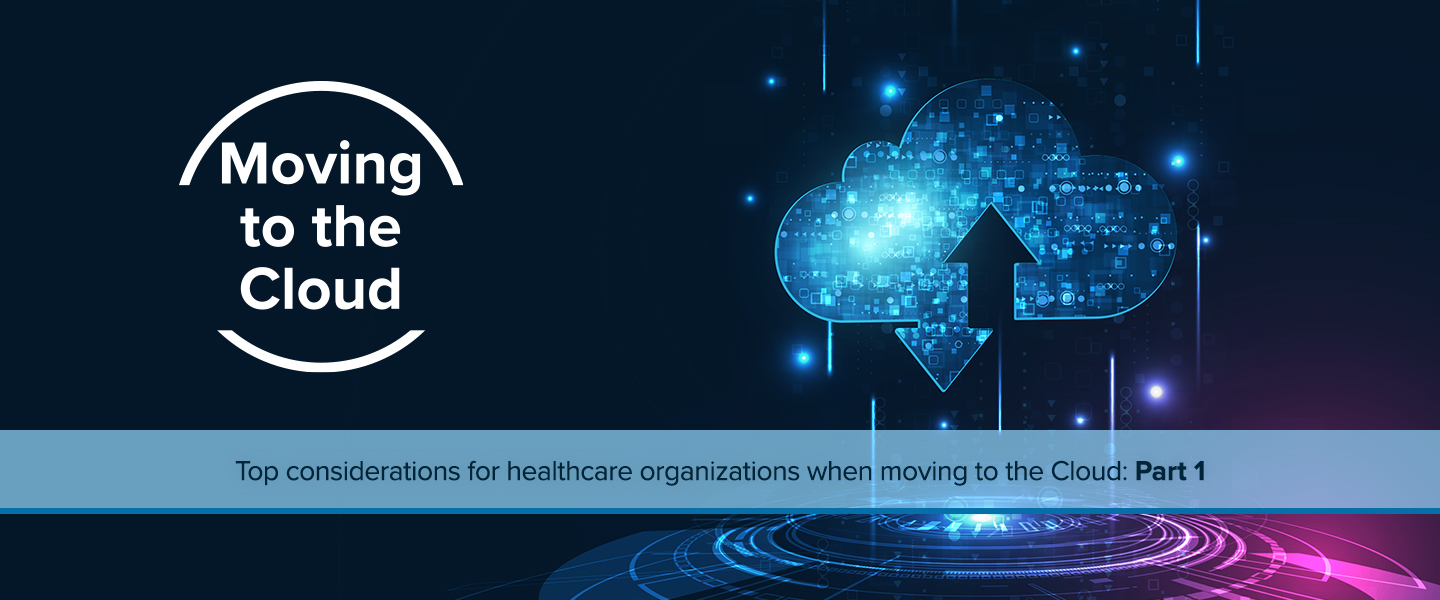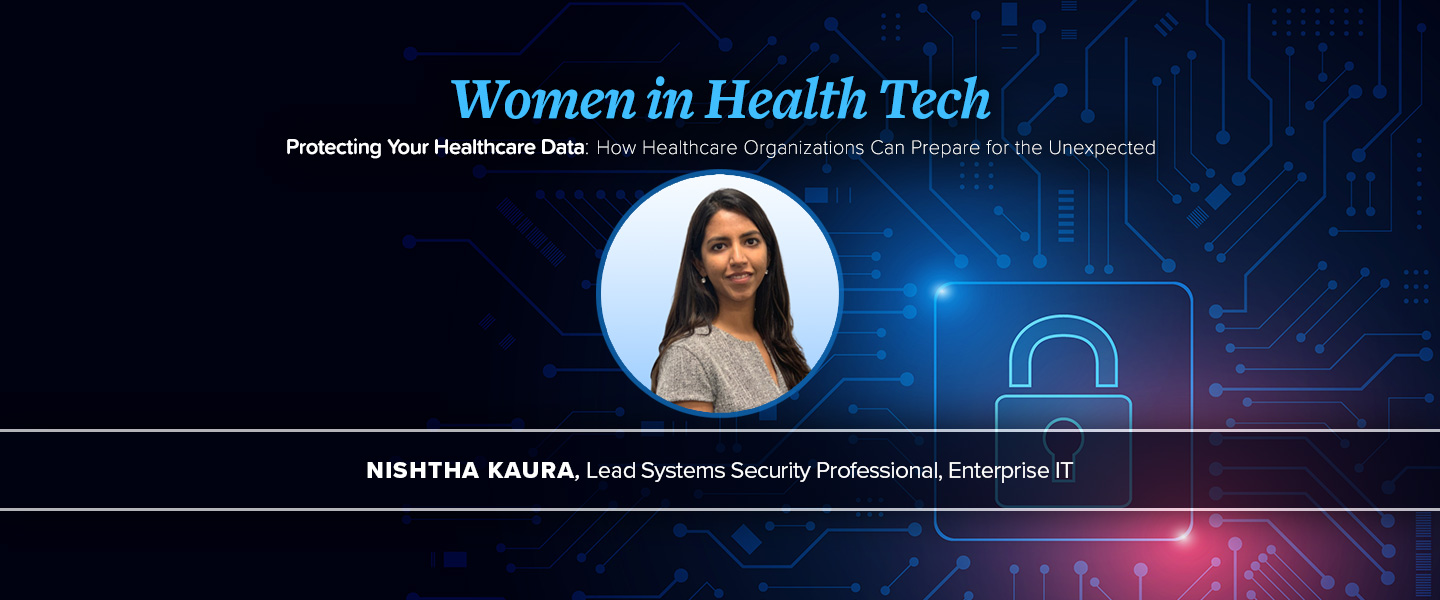Data increasingly drives innovation. As technology advances and changes human behaviors, industries collect more and more data. The value of that data comes once we are able to extract it to gain actionable, meaningful insights – insights that can accelerate better outcomes while being equitable and inclusive of the populations we serve, enabling us to work smarter. There is special interest in predictive analytics, which uses a range of statistical techniques from predictive and data modeling, artificial intelligence (AI), machine and deep learning to analyze facts and predict future, unknown outcomes. It is commonly used across various sectors, from business management, retail, travel, and sports to science, healthcare, and pharma.
In healthcare, predictive analytics can help clinicians navigate the probability of occurrences before they happen, supporting prevention and early medical interventions, and ultimately, better patient outcomes. Uses include targeted therapies such as precision medicine for cancer treatment and identifying cost waste to improve systems. In this blog, we will explore how predictive analytics, with the help of AI, can impact healthcare.
What it is
First, let’s review the basics. There are three main types of business analytics: Descriptive, Predictive, and Prescriptive.
Descriptive analytics provide insights from historical data to describe the business, such as historical trends, added revenue, or losses. These models can aggregate and cluster data and even break down revenue per customer or group, which can help identify both strong and weak parts of the business.
Predictive analytics use historical data to train models that help predict future outcomes. These models can use statistics, machine learning, and/or AI to generate predictive models and to identify patterns or trends in the data. A key insight is understanding simple or complex relationships of multiple variables to one or more outcomes. For example, it can offer a history of loans or payments and debt-to-income to deliver a credit rating in finance. It can consider health conditions, diet, age, and family medical history to assess the risk of developing diabetes or other diseases in a clinical context. It’s important to determine how strong the predictive model is and that given the same input, how likely the predicted outcome is to the actual outcome. While these predictive models may be useful on their own, they ultimately lead to and set up for prescriptive “problem-solving” insights.
Prescriptive analytics use predictive models to optimize decision-making by simulating potential future outcomes (according to their outcome probability) based on predictive model(s) on current internal and external data, including effects of potential interventions and uses simulated scenarios to choose an intervention for the best outcome. In other words, this is where you take the predictive data and make informed decisions based on these models and scenarios. For example, given a model that predicts when a hard drive might fail based on historical data, optimize when to replace the hard drive to reduce server downtime, and then maximize operational life of the drive to minimize cost. Another example would be to identify cost savings to insurance groups based on targeting services to patient groups where early intervention can reduce costs and improve health outcomes, such as providing free wellness visits to children at risk of childhood obesity or diabetes (based on family history) or encouraging healthy diet early, before they get sick.
Predictive analytics in healthcare
Let’s begin with the historical data used to predict future outcomes. The data can come from a variety of sources:
- Patient data like diagnoses, genetic markers, personal and family history, demographics
- Procedure occurrences and costs: success or failure rates to achieve desired outcomes
- Claims data, time to achieve prior authorization decision, approval vs. denial rates, time to receive payment, including any delays in healthcare due to these factors
- Administration/personnel counts per day
- Time of month, year, seasons, weather
Next, we integrate the data to train models that predict the likelihood of a patient developing a diagnosis, or the likely success of a procedure, and the personnel needed to provide care for the patient for a given time period. Then, we forecast with prescriptive models to determine the best patient interventions or procedures (if multiple procedure options exist) to optimize outcomes. One example would include optimizing the schedule of hospital personnel to guarantee adequate caregiving.
Who can it help?
There are a variety of sectors within healthcare that can benefit from predictive measures. For example, in a supply chain, you could predict when re-supply might be needed based on current in and out flow. In manufacturing, you could predict when machinery might fail to help determine service intervals. In pharma and medicine, you could predict how long a clinical trial might take in each population based on the population’s incidence of disease, historical participation in trials, and the number of sites needed to perform a trial.
Payers can benefit from predictive analysis by forecasting service utilization for a given population. Healthcare administration could benefit by identifying ways to reduce costs and improve revenue. Another promising opportunity is in precision medicine, where one could predict treatment success based on patient medical history or genomic findings to avoid unnecessary treatments and ensure high-quality care.
In medicine, predictive algorithms are used to aid personalized, more targeted clinical decisions for individual patients. We and others have used image algorithms on medical images to better understand aggressive diseases and guide treatments, including predicting better patient outcomes. Image understanding and processing have come a long way, particularly in digital pathology. During the pandemic, we saw the development of AI tools designed to assist doctors in rapidly diagnosing COVID-19 patients.
Tackling Real-World Data Challenges
To generate predictive models, one needs access to large amounts of historical data, access to “real-time” data from a similar distribution (from which historical data was sampled), and the necessary infrastructure to process, analyze, and generate predictive cloud models. Access to data is difficult, considering that many groups have siloed their data in their own private clouds, limiting access to themselves and select partners. Access to data is also obstructed by legitimate concerns, especially in healthcare regarding patient privacy, PHI, and HIPAA regulations. Not to mention patients – peoples’ willingness to share data digitally in patient-centric scenarios where trust plays a huge role and is slow to earn. Additionally, we need a full population representation to have the data sets needed to build inclusive algorithms. It’s our job as healthcare leaders to help people understand the benefits of sharing their data.
Methods are being developed to operate and learn from data that remains encrypted (such as homomorphic encryption) or federated learning models. Federated learning models are trained iteratively by transmitting model to private clouds, learning on private data, and returning the updated model – but not the data.
As an industry, we continue to work together towards creating better and more efficient systems, processes, and technology to improve health outcomes for the populations and patients we serve. It may help those with ingrained bias and challenge us in a good way to provide equitable care for everyone. AI will help us make better decisions and help condense vast amounts of data down to human-scale understanding for use. AI can help us be better humans – it will not replace our need for care and a human touch.

